Scroll to the end to download our one-page strategic planning checklist.
An effective strategic plan will align an organization with clearly defined goals and provide the big-picture framework leaders need to achieve those goals.
In practice, your strategic plan should be a measuring stick for every decision your organization makes. For example, if a new project or initiative does not support the strategic plan, its value should be seriously questioned. In order to develop that strategy, however, you should look to leverage the unique resources you have within your business.
For us, we typically see the best results when we can unite the discussion into a workshop setting, where a significant block of time is carved out to eliminate distractions so that we can have fruitful—but sometimes difficult—discussions.
Strategy-Integrated Marketing
As an agency, we have made a deliberate choice to avoid working solely on a campaign-by-campaign basis with our clients. Though this is typical in the world of advertising, we found that the impact of individual campaigns was often limited or influenced by factors outside of our control. If the whole company is not collaborating, communicating, and actively working toward the same goals, everything suffers.
For example, we can run a fantastic social media presence that engages fans, builds virality, and drives traffic to the website, but if the customer service team continuously ignores the questions we pass on to them, that core dysfunction will eventually poison everything else in the business, including social media. Today, any time a client engages us for marketing, we at the very least have a conversation about how the rest of the business is going to support the new effort. In the best cases, we facilitate a strategic review so that if we do our jobs, the full benefits of the marketing success can be captured.
A full strategic plan can take months to develop and require several day-long workshops where representatives from all levels of the company have the chance to contribute their unique perspectives. Along the way, we upend every layer of the business to look for opportunities—from financials to logistics to customer experience.
Those are rare cases where the company is facing painful challenges. The boat seems to be sinking, but no one can tell how the water is getting in. Those situations take a much broader, more in-depth than any marketing initiative could ever compensate for. For our purposes here, let’s focus on a single strategy workshop.
Before you dig into the steps we take with our clients, you should download our one-page strategic planning checklist to get a better sense of what a full strategic plan might include. You can download your free copy here.
Quick and Dirty Workshop Guide
Here’s how we run our workshops with clients:
- Block out time to gather relevant leadership in one place for at least 6 hours (with breaks included). Results tend to be best when mid-level “boots on the ground” individuals are invited as well.
- Craft a clear agenda for the workshop, articulate the goals, and share it with attendees. The ideal agenda will develop ideas in stages, with each conversational stage supporting the next.
- Emphasize that the session is about brainstorming and collaboration. There are no wrong answers, and though passion is important, all perspectives deserve a voice.
- Use a whiteboard and sticky notes to collect ideas. Borrowing this technique from our app developer friends, using sticky notes instead of writing directly on the board for ideas makes it easier to reorganize and regroup ideas later.

An example of a SWOC analysis with the sticky note method.
- Having a facilitator with an assistant—splitting the tasks of note-taking and fostering discussion—tends to keep discussions flowing smoothly. Consider using a facilitator from outside of the company to eliminate bias and promote objectivity.
- Direct your facilitator to focus on the agenda. Sidebar conversations will naturally develop, but if the discussion drifts too far off topic, the facilitator should guide the discussion back on track to keep the process moving forward. Sometimes this will mean collecting a “future discussion items” list so that no one feels like their concern is ignored.
- As you continue to workshop, pause at various stages to consolidate ideas. Move similar sticky notes into batches and articulate what that grouping has in common. This will help you to see patterns.
- Rank and prioritize ideas. Most ideas are not bad ones, but some ideas are more useful and impactful than others. Start by moving ideas above and below a line in terms of priority (high priority above, low priority below), and then work through the discussion of ranking the top ideas in a top 3 or top 5.
- Before the workshop concludes, get agreement on the major conclusions by summarizing everything the workshop has accomplished. Spelling this out in the meeting helps to eliminate pushback when you create a written summary later.
- Have a “next steps” in mind for what happens when the workshop concludes. This might mean action items or testing the ideas of the workshop with target audiences (such as employees or customers).

Example of a closing workshop summary.
A Workshop Culture
Running workshops is an art form, and it can take practice. These same skills can be useful in smaller internal meeting sessions as well, giving you tools to keep discussions developing in a fruitful direction. The beauty of this format is that as your teams do it more regularly, they begin to internalize the workshop mindset and start to apply the process informally elsewhere in their work to more effectively collaborate within their teams.
As always, if you need help, send me a note.

